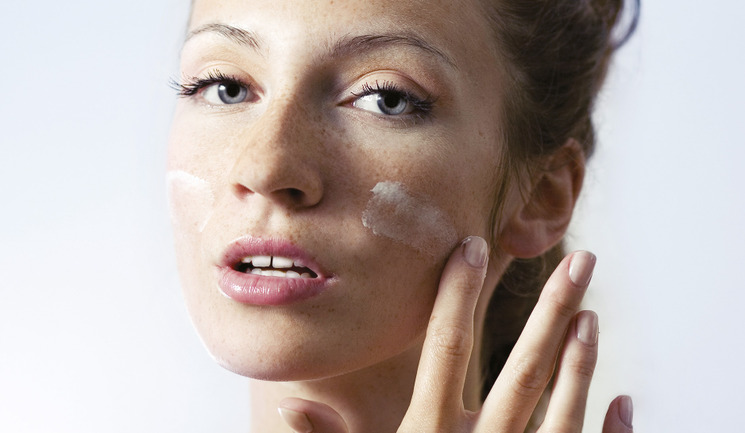Dr Benjamin Chun-Man Lee explains why and how skin can benefit from moisturisers, listing key factors to look out for when selecting appropriate products for patients
To access this post, you must purchase Aesthetics Journal Membership – Annual Elite Membership, Aesthetics Journal Membership – Annual Enhanced Membership or Aesthetics Journal Membership – Basic Membership.






